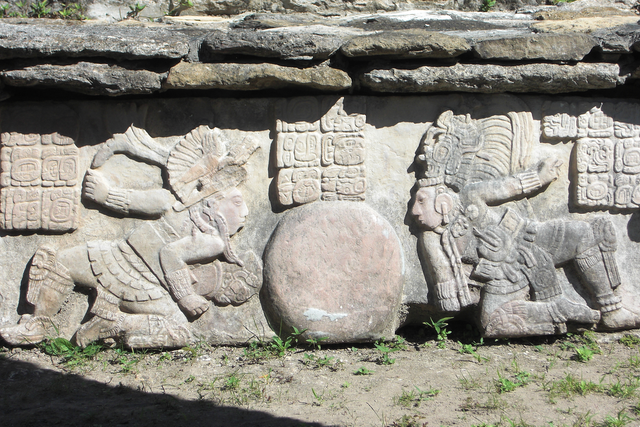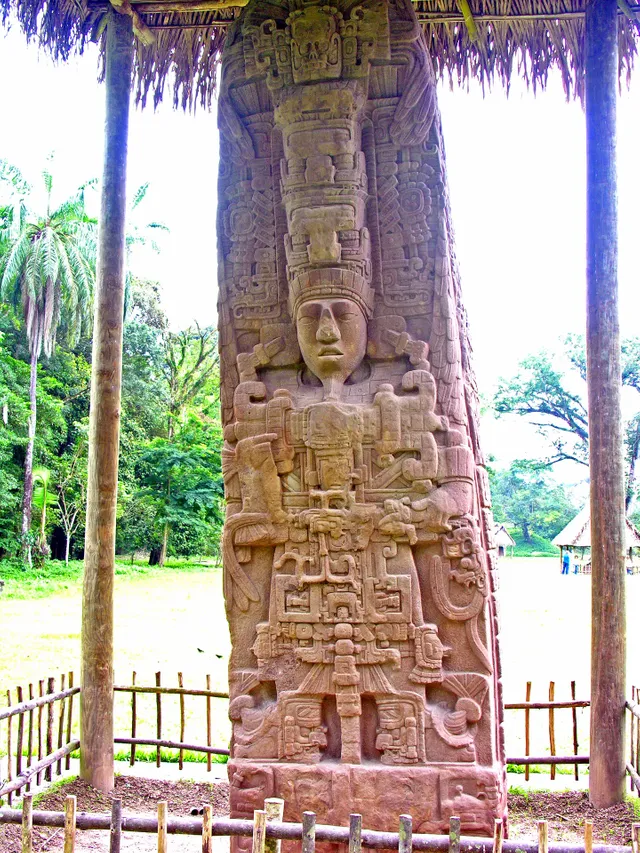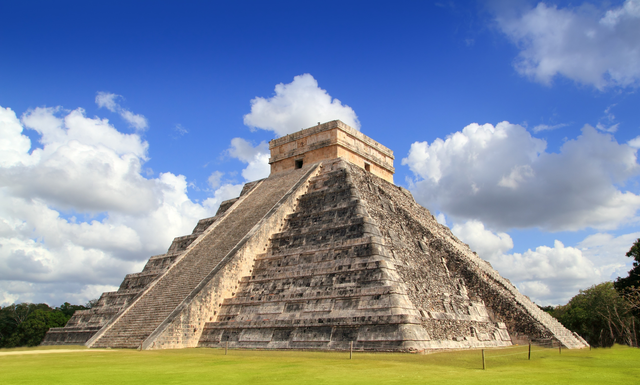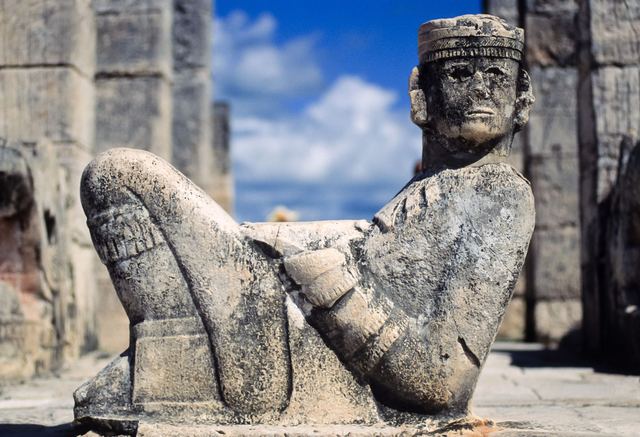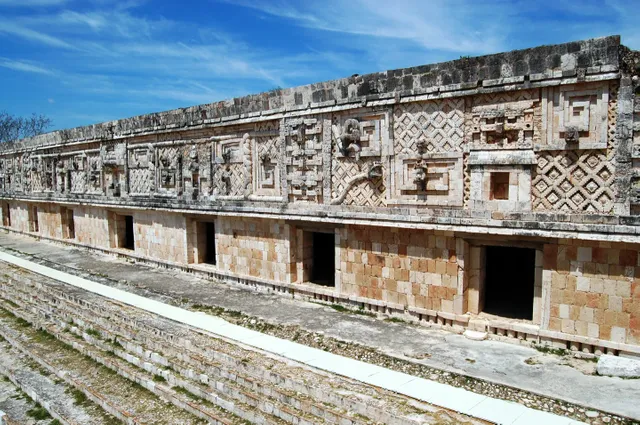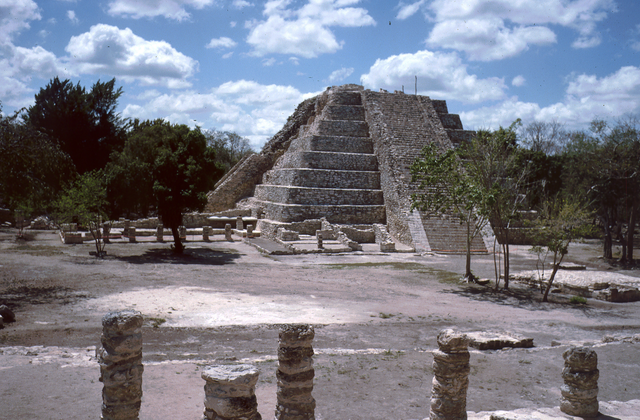Many popular works mention the "mysterious disappearance" of the Mayan civilization, as if in an instant, the Mayans abandoned their cities and civilization, disappearing without a trace. This is not entirely true.
The core area of the Olmec civilization, to the southeast is the core area of the future Mayan civilization, and to the northwest is the distribution area of various civilizations in the Valley of Mexico.
The "Rainstorm Day" stele of the ruler of Quiriguá, Quiriguá, originally a vassal state of Copan, an ally of Tikal, overthrew the rule of Copán with the support of Calakmul in the early 8th century, and many steles have been erected since then
After the 9th century, the once prosperous Mayan civilization did experience a period of decline. Large city-states such as Tikal, Calakmul, and Copán in southern lowlands of Guatemala, Belize, Honduras, and southeastern Mexico were abandoned, which is what is referred to as the "mysterious disappearance" of the Mayan civilization. There are various explanations for the decline of these cities, including war, environmental destruction, overpopulation, and drought. But did the Mayan civilization really disappear mysteriously?
Chichen Itza's iconic Pyramid of Quetzalcoatl God
The statue of Chakmur in Chichen Itza reflects the influence of Toltec culture
The façade decoration of the "Palazzo of the Nuns" in Uxmal, whose architecture belongs to the Puuc style and pays more attention to decoration
Shortly after the abandonment of the Mayan lowland city-states, cities such as Chichen Itza, Óoxmáal, and Màayapáan in the northern Yucatan Peninsula rose to prominence, marking the "post-classic" period of the Mayan civilization. The post-classic period of Mayan culture was influenced in many ways by the Toltec culture of the Mexican Valley, such as the worship of the feathered serpent god Kukulkan and the prevalence of Chacmool sculptures. However, the Mayans of this period still retained their own writing and calendar. In fact, the "Mayan" civilization that we refer to today is named after the Mayan city-state of Mayapan during the post-classic period.
The main pyramid of Nojpetén
In the mid-15th century, Mayapan declined due to drought and internal strife, and the Mayan civilization entered a fragmented and weakened phase. Soon after, the Spanish arrived on the American coast in large sailing ships, during the mid-Ming Dynasty of China. Although the Mayans did not establish a powerful, widespread state like the Incas or Aztecs, some Mayan city-states persisted longer than these great powers due to their complex geographical environment. For example, the city-state of Nojpetén in Lake Petén Itzá in Guatemala persisted until 1697. By this time, the remnants of the Southern Ming and the Three Feudatories had already been eliminated by the Qing Dynasty (or perhaps some Mayan city-states were too poor and remote for the colonizers to bother conquering).
